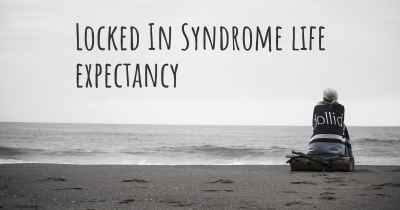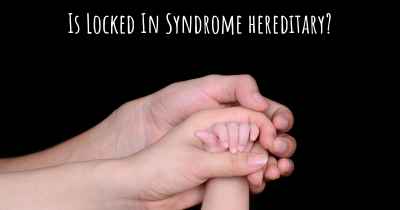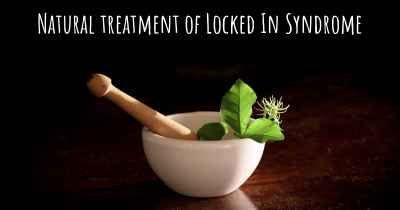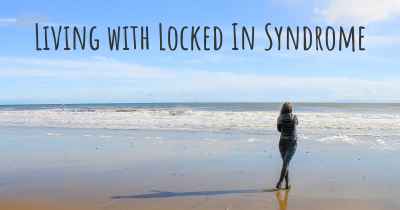What are the best treatments for Locked In Syndrome?
See the best treatments for Locked In Syndrome here

Best Treatments for Locked-In Syndrome
Locked-In Syndrome (LIS) is a rare neurological condition characterized by complete paralysis of voluntary muscles, except for eye movements. Individuals with LIS are often fully conscious and aware of their surroundings but are unable to speak or move. Managing and improving the quality of life for individuals with Locked-In Syndrome requires a multidisciplinary approach involving various treatments and therapies.
1. Communication Aids:
Since individuals with LIS are unable to speak, communication aids play a crucial role in enabling them to express their thoughts and needs. Augmentative and alternative communication (AAC) devices, such as eye-tracking systems, head pointers, or brain-computer interfaces, can help individuals with LIS communicate by selecting letters or words on a screen using their eye movements or other residual muscle control.
2. Physical Therapy:
Physical therapy is essential to maintain joint mobility, prevent muscle contractures, and improve overall physical well-being. Passive range-of-motion exercises, stretching, and positioning techniques can help prevent complications associated with immobility, such as pressure sores and joint stiffness. Physical therapists also work on strengthening any residual muscle control to enhance functional abilities.
3. Occupational Therapy:
Occupational therapy focuses on improving independence and enhancing the individual's ability to perform daily activities. Occupational therapists may recommend assistive devices and adaptations to facilitate self-care, such as modified utensils, wheelchair modifications, or environmental control systems. They also provide training in using assistive technology for activities like writing, typing, or controlling the environment.
4. Psychological Support:
Locked-In Syndrome can have a significant psychological impact on both the individual and their family. Psychological support, including counseling and therapy, can help individuals cope with the emotional challenges associated with LIS. It is crucial to address feelings of frustration, depression, anxiety, and grief, and provide strategies for maintaining mental well-being.
5. Respiratory Support:
As individuals with LIS often have limited control over their respiratory muscles, respiratory support may be necessary. This can include non-invasive ventilation methods, such as continuous positive airway pressure (CPAP) or bilevel positive airway pressure (BiPAP), to assist with breathing during sleep or periods of respiratory distress.
6. Assistive Technology:
Advancements in assistive technology have opened up new possibilities for individuals with LIS. Eye-tracking devices, brain-computer interfaces, and other assistive technologies can enable individuals to control their environment, access entertainment, and engage in recreational activities. These technologies can significantly enhance independence and quality of life.
7. Supportive Care:
Providing a supportive and comfortable environment is crucial for individuals with LIS. This includes ensuring proper nutrition, hydration, and managing any associated medical conditions. Regular monitoring and preventive measures, such as skin care to prevent pressure sores, are essential to maintain overall health.
While there is currently no cure for Locked-In Syndrome, these treatments and interventions can significantly improve the quality of life for individuals with LIS. The multidisciplinary approach involving communication aids, physical and occupational therapy, psychological support, respiratory assistance, assistive technology, and supportive care can help individuals with LIS lead fulfilling lives and maintain meaningful connections with their loved ones.








